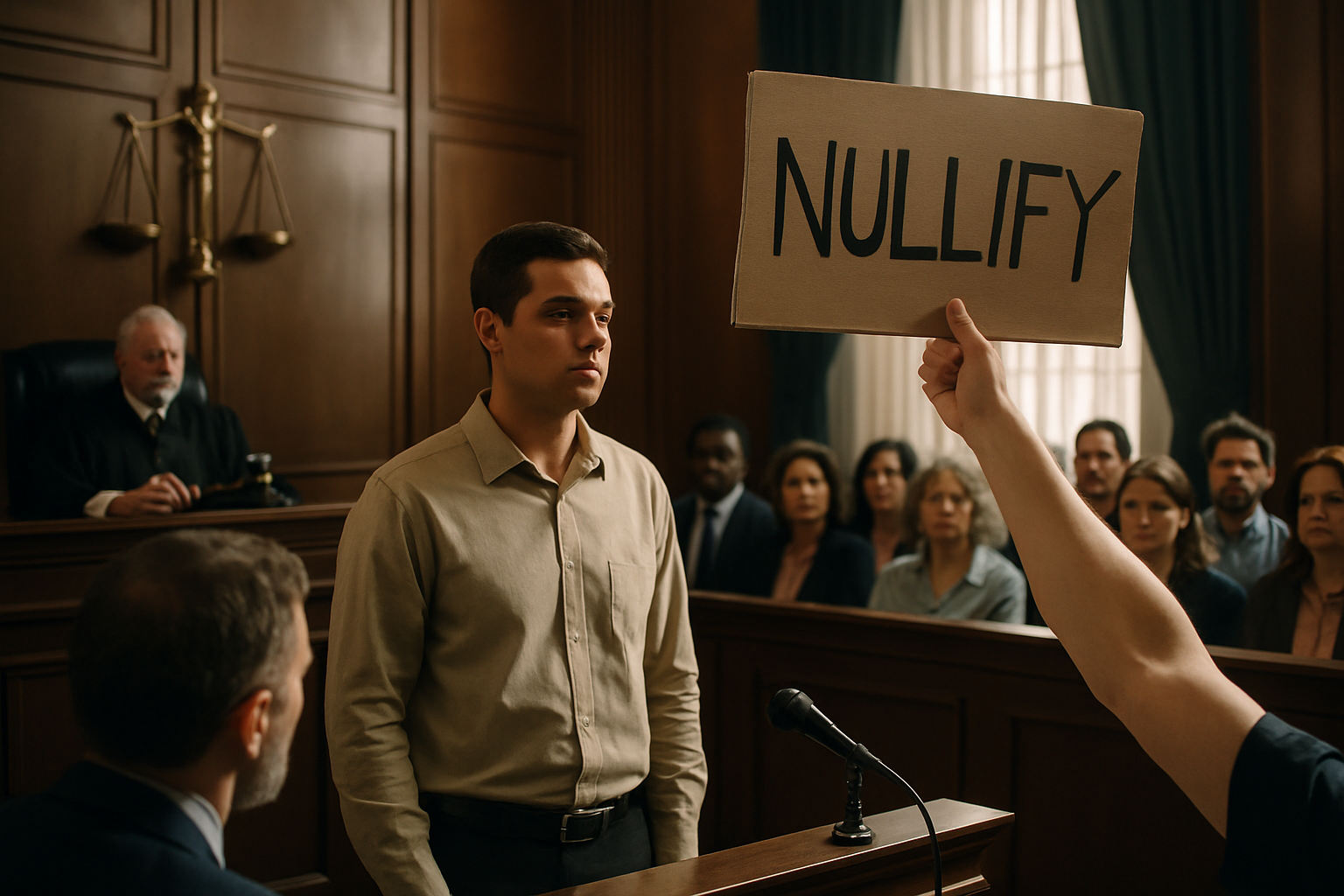Title: Legal Implications of Deepfake Technology in Court Proceedings
Introduction: The rise of deepfake technology presents unprecedented challenges to the legal system, particularly in court proceedings. As artificial intelligence advances, the ability to create highly convincing fake videos and audio recordings raises critical questions about evidence authenticity and witness credibility. This article explores the legal ramifications of deepfakes in courtrooms and potential solutions to address this emerging threat.

Understanding Deepfake Technology
Deepfake technology utilizes artificial intelligence and machine learning algorithms to create or alter video and audio content. By analyzing existing footage and voice samples, these systems can generate realistic simulations of individuals saying or doing things they never actually did. The technology has improved dramatically in recent years, with some deepfakes becoming nearly indistinguishable from authentic recordings to the naked eye.
The potential for misuse in legal contexts is significant. Deepfakes could be used to fabricate evidence, create false alibis, or discredit witnesses. As the technology becomes more accessible, the risk of its deployment in civil and criminal cases grows, posing a significant challenge to the integrity of court proceedings.
Current Legal Framework and Challenges
Existing laws and rules of evidence were not designed with deepfake technology in mind. While there are provisions for authenticating digital evidence, these methods may prove insufficient against sophisticated AI-generated content. The Federal Rules of Evidence, particularly Rule 901, which governs authentication, may need to be updated to address the unique challenges posed by deepfakes.
Courts are also grappling with how to apply the hearsay rule to deepfake evidence. If a deepfake video purports to show a person making a statement, should it be considered hearsay? The answer is not clear-cut and may depend on the specific circumstances and intended use of the evidence.
Evidentiary Standards in the Age of Deepfakes
The advent of deepfake technology necessitates a reevaluation of evidentiary standards in court. Traditionally, visual and audio recordings have been considered highly reliable forms of evidence. However, the ease with which deepfakes can be created challenges this assumption.
Courts may need to adopt more stringent authentication processes for digital evidence. This could include requiring expert testimony to verify the authenticity of videos or audio recordings, or implementing advanced forensic techniques to detect signs of manipulation. Some legal experts argue for a presumption against the admissibility of digital evidence unless its authenticity can be conclusively proven.
Impact on Witness Testimony and Credibility
Deepfakes pose a significant threat to the credibility of witness testimony. If a deepfake video contradicts a witness account, it could unfairly undermine their credibility in the eyes of the jury. Conversely, witnesses might attempt to discredit authentic video evidence by claiming it is a deepfake.
This dynamic could lead to a credibility crisis in court proceedings, where the veracity of both human testimony and digital evidence is constantly in question. Judges and juries may struggle to determine what evidence to trust, potentially leading to miscarriages of justice.
Potential Legal Remedies and Safeguards
To address the challenges posed by deepfakes, legal systems must adapt and implement new safeguards. One approach is to develop and adopt advanced forensic tools capable of detecting AI-generated content. These tools could analyze metadata, inconsistencies in lighting or movement, and other telltale signs of manipulation.
Legislation specifically targeting the creation and use of deepfakes in legal proceedings may also be necessary. Some jurisdictions have already begun to introduce laws criminalizing the use of deepfakes for malicious purposes, including in court. These laws could provide a basis for deterring the use of fake evidence and punishing those who attempt to deceive the court.
Ethical Considerations and Due Process
The use of deepfakes in court raises significant ethical concerns and challenges to due process. If deepfakes become prevalent, they could erode public trust in the legal system and undermine the principle of fair trials. There is also a risk that the fear of deepfakes could lead to an overcorrection, where courts become overly skeptical of all digital evidence, potentially excluding legitimate and crucial information.
Balancing the need for authentic evidence with the rights of the accused will be a key challenge. Courts must ensure that the burden of proving the authenticity of evidence does not unfairly disadvantage defendants who may lack the resources to challenge sophisticated deepfakes.
In conclusion, the legal system stands at a crossroads as deepfake technology continues to advance. Addressing this challenge will require a multifaceted approach, combining technological solutions, legal reforms, and ethical guidelines. As courts adapt to this new reality, they must strive to maintain the integrity of legal proceedings while ensuring justice and fairness for all parties involved. The coming years will likely see significant developments in this area as the legal community works to stay ahead of this rapidly evolving technology.





